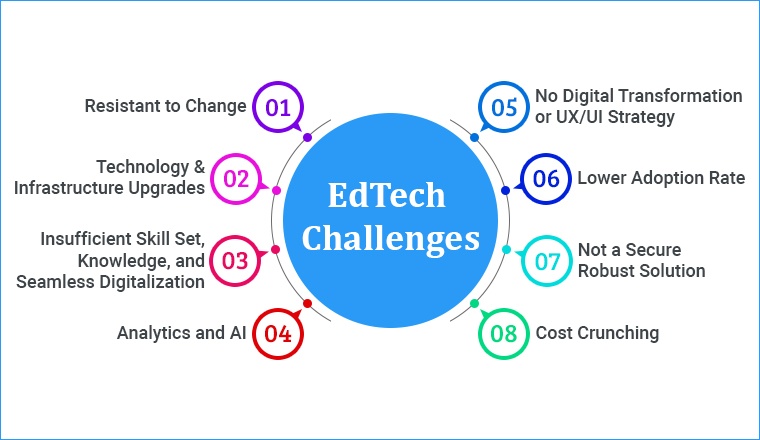Navigating the Landscape of Software Engineering Intelligence Platforms
In the ever-evolving realm of software engineering, staying ahead requires harnessing innovative tools. Software Engineering Intelligence (SEI) platforms stand at the intersection of data analysis and software development, offering valuable insights to engineering teams. While these platforms offer undeniable advantages, it’s essential to acknowledge the potential risks they entail. In this comprehensive exploration, we delve into the benefits and pitfalls of SEI platforms, empowering software engineering leaders with informed decision-making.
Understanding Software Engineering Intelligence Platforms: Pioneering Insights
Unveiling SEI Platforms: SEI platforms bridge the gap between engineering data and software product development. By amalgamating data from diverse engineering systems and employing sophisticated analysis, they uncover invaluable trends and patterns, revolutionizing software engineering practices.
Unlocking Business Insights: SEI platforms yield multifaceted benefits, enhancing organizational effectiveness, boosting velocity, elevating quality, and driving business value. These platforms equip software engineering leaders with comprehensive benchmarks and advanced insights.
The Benefits of SEI Platforms: Elevating Software Engineering
Organizational Effectiveness Enhancement: SEI platforms gauge an organization’s efficiency by merging qualitative and quantitative data. From employee surveys to meeting times, these platforms provide nuanced insights, enabling benchmarking and comparative analysis across industries.
Amplifying Velocity and Flow: By collecting data from code control and deployment tools, SEI platforms offer insights into build and deployment velocity. Metrics like cycle time, code review time, and deploy frequency empower teams to gauge and enhance developer productivity.
Upholding Software Quality: SEI platforms transcend traditional quality indicators, incorporating in-depth metrics such as code refactoring percentages. These platforms analyze coding patterns and practices, identifying room for improvement and enhancing overall software quality.
Bridging Business and Engineering: SEI platforms bridge the gap between software engineering outputs and business outcomes. By connecting Agile planning data with tangible business artifacts, these platforms spotlight the value of investments in developer experience.
The Risks Associated with SEI Platforms: Navigating Potential Challenges
Overlap with Existing Markets: SEI platforms may overlap with established Value Stream Management Platforms (VSMPs). While VSMPs offer a holistic view, SEI platforms focus on engineering insights. Software engineering leaders can balance the usage of both to optimize organizational outcomes.
Perception of Micromanagement: Developers might perceive SEI platforms as tools for surveillance, impacting morale and productivity. To mitigate this, prioritize team-level metrics over individual measurements and cultivate trust within the team.
Data Security Concerns: SEI platforms require access to sensitive data, raising security concerns. To address this, opt for vendors complying with top security standards and protocols to ensure data integrity.
Organization Maturity: Not all organizations are ready for SEI platforms. Leaders should assess their organization’s readiness and consider piloting an SEI program before full-scale adoption.
Author’s Insights: Pritish Kumar Halder
Drawing from a deep understanding of technological landscapes, Pritish Kumar Halder is a beacon of clarity in the realm of innovation. With a unique ability to bridge complex concepts and real-world applications, Pritish Kumar Halder empowers readers to navigate intricate terrains with confidence. His expertise in deciphering cutting-edge advancements empowers decision-makers to embrace innovation with strategic acumen, ensuring a seamless transition to new horizons.









